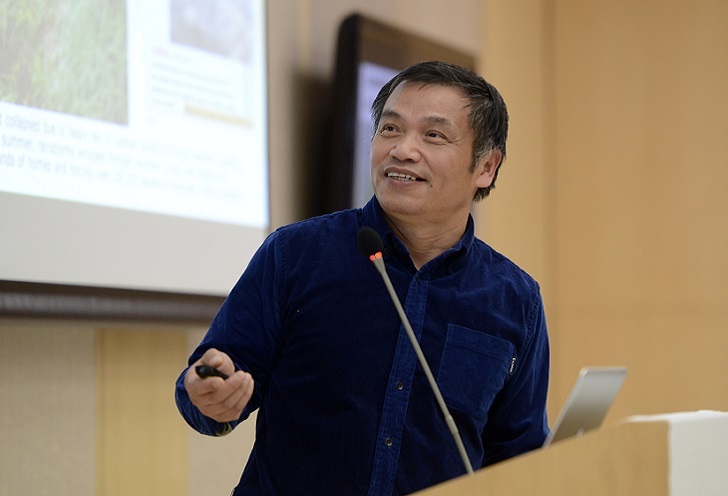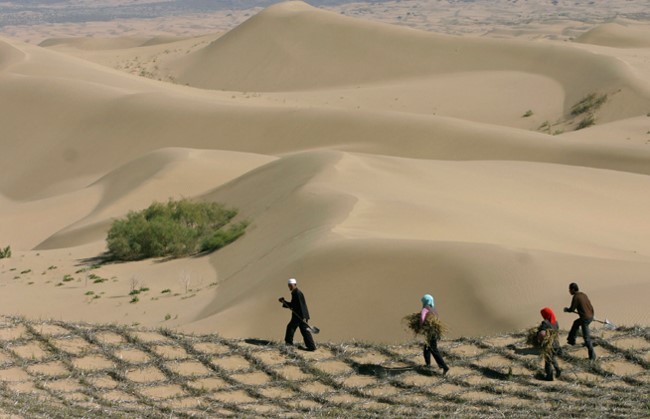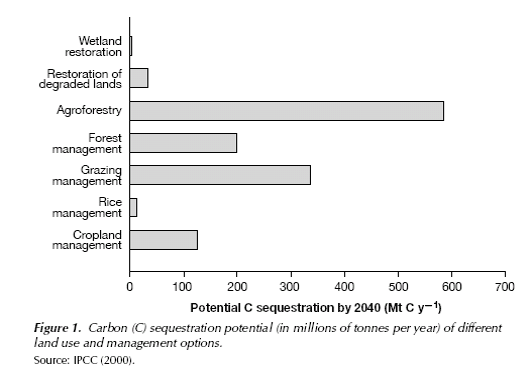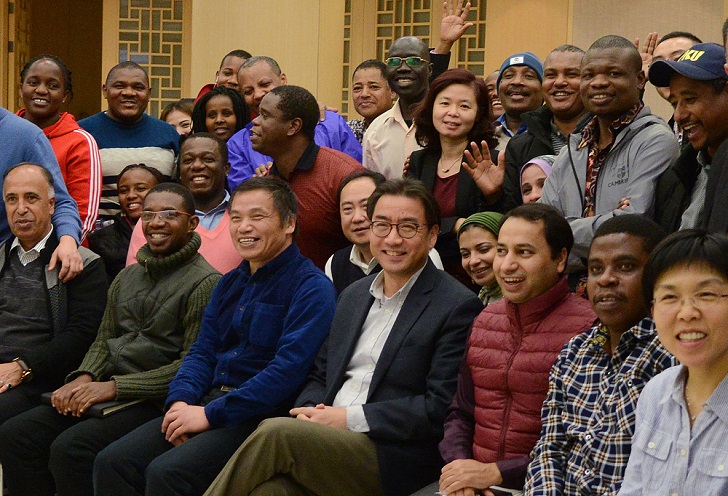Executive Education
sidenav header backgroundSoil & Water Protection for Better Adaptation to Climate Change

On November 17, 2018, Peking University Public Policy Forum International invited Professor Cai Dianxiong, Director of Soil & Water Management at Institute of Agriculture and Regional Planning, Chinese Academy of Agriculture Sciences, to give a talk on Soil & Water Protection for Better Adaptation to Climate Change to the governmental officials from development countries -- graduate students of the Institute of South-South Cooperation and Development at Peking University. Professor Fu Jun, Academic Dean of the Institute host the seminar.
Professor Cai introduced climate variability and change at beginning, and he pointed out human actions gradually increase concentration of greenhouse gases in the atmosphere and lead to global warming, including 1) agriculture -- a huge source of methane and nitrous oxide; 2) industrial production -- largely emissions from energy and energy intensive industries; 3) traffic -- transportation related results considerable amount of emissions; and 4) deforestation is a big factor as well.
According to Prof. Cai’s presentation, in the past 50 years, the frequency and intensity of major extreme weather and climate events in China have changed significantly. The drought in North and Northeast China tends to be more severe, and the floods in the middle and lower reaches of the Yangtze River and in the southeast of the Yangtze River are aggravated. It is predicted that the extreme weather and climate events in China will increase in the future. Growing fossil fuel use will continue to drive up global energy-related CO2 emissions. The United States, China, Russia, and India will account for two-thirds of this increase.
He pointed out that global warming could cause glaciers to melt, affecting as many as 300 million farmers in arid areas of western China. Today, almost all of China's glaciers have begun to melt. By 2100, most of Tibet's glaciers will likely disappear. Climate change could add to the pressure on China's water supply, which will directly affect the lives of 538 million people living in North China, where water is scarce.
Then he talked about agriculture which is a significant contributor to GHGs, mostly nitrous oxide from fertilized soils and methane from livestock, and carbon dioxide from the fertilizer industry and emissions from deforestation and land conversion. To adapt climate change, climate friendly agriculture management i.e. organic farming, crop varieties including crop substitution, reversion of land degradation, maintaining soil fertility, efficient irrigation system, agroforestry, and rehabilitation of degraded crop and pasture land, could reduce emissions significantly.

Farmers planting grass to stabilize sand dunes on the edge of the Mu Us Desert in Lingwu, northwest China. (Photo: Reuters)

Globally, it is estimated that soil has the potential to offset 30% of the annual CO2 emissions. Professor introduced Conservation Agriculture (CA) -- a comprehensive system of sustainable agricultural production consisting of maintaining soil cover, reducing soil rotation and compaction, and crop rotation, to adopt protective management measures for soil, water and agricultural resources to ensure food security and environmental and resource protection and to increase the economic, ecological and social benefits of agricultural production.
In the past, adaptation of climate change has not attracted enough attention, and this situation must be fundamentally changed. In formulating further legal instruments to deal with climate change, the international community should give due consideration to how to adapt to climate change that has already taken place, in particular to enhance the resilience of developing countries to catastrophic climate events. China is willing to cooperate with the international community and actively participate in the formulation of international activities and legal instruments in the field of adaptation.








